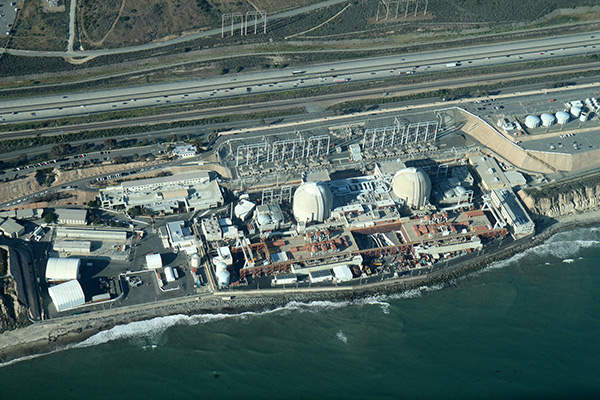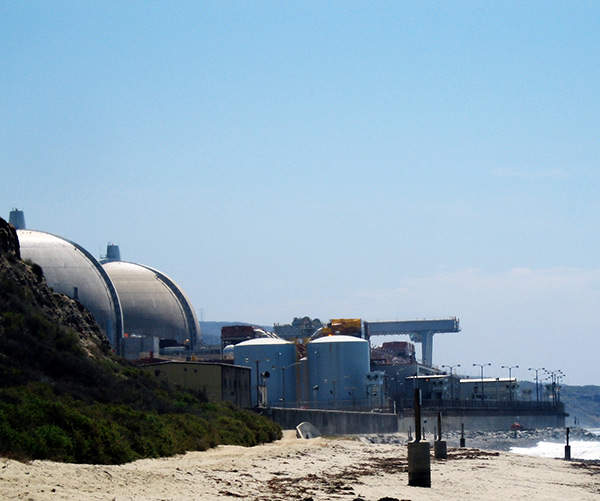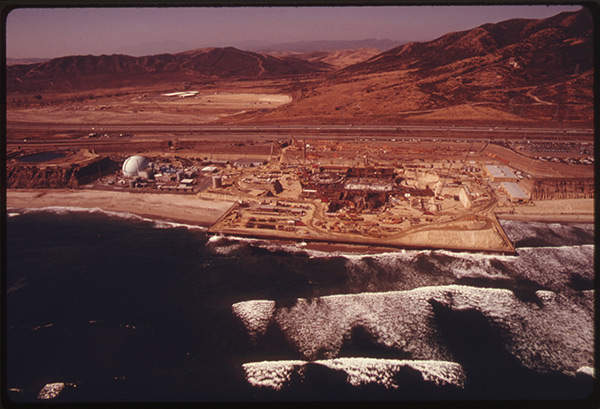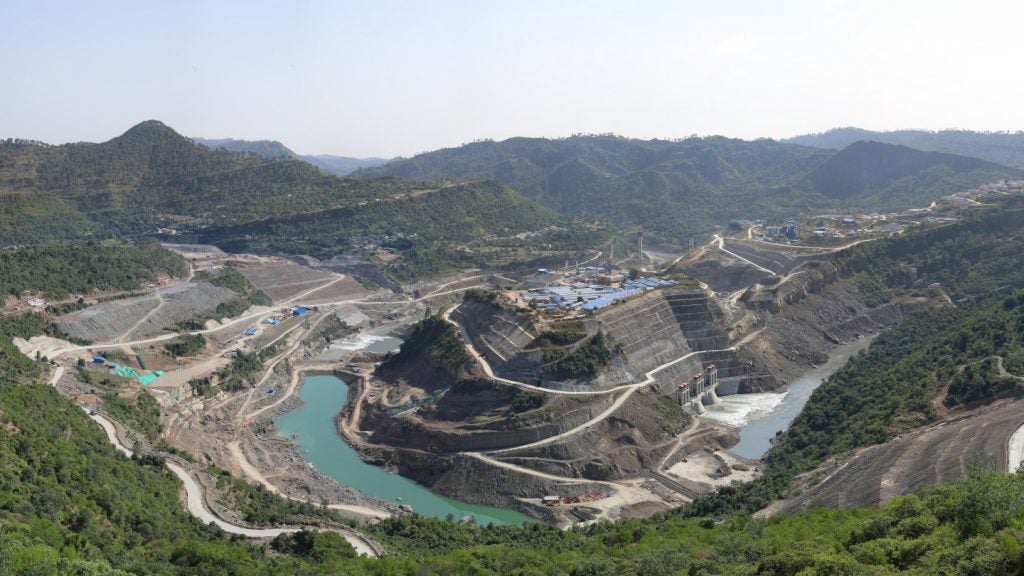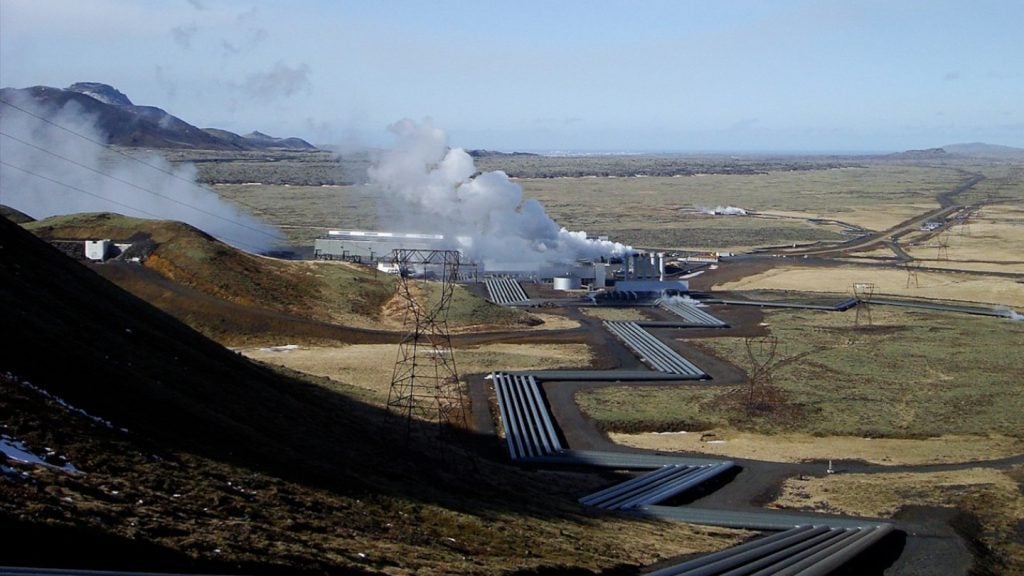San Onofre Nuclear Generating Station (SONGS) is a 2,200MW, twin nuclear reactor power station. It is located approximately 6.5km south-east of San Clemente in Orange County, California, US.
Operational since 1968, the plant is one of the largest nuclear generating stations in the US and was the largest in southern California up until 2012.
Unit two was shut down in January 2012 for planned maintenance and upgrades, while unit three was taken out of service in the same month after a leak was discovered in a steam generator tube. Unit one was permanently shut down in 1992.
The plant was expected to resume operations only after receiving permission from the Nuclear Regulatory Commission, an independent agency of the US Government. However, AECOM and EnergySolutions were awarded a contract in December 2016 to decommission the nuclear generating station.
As a licensee, Edison International subsidiary SCE is responsible for the management and operations of the plant. SCE has a 78.21% working interest in the project.
Sempra Energy subsidiary San Diego Gas & Electric and the city of Riverside own 20% and 1.79% of the plant, respectively.
History of California’s SONGS
Consent for the installation of unit one, a three-loop pressurised water reactor from Westinghouse, for the SONGS project was given in 1963. Construction started in 1964 and unit one was put into commercial operation in January 1968. It was permanently taken out of service in November 1992.
Decommissioning of unit one was started in 1999 and most of its structures and facilities were removed from the site by 2008. The decommissioning required an investment of $460m.
Permit for the installation of units two and three was granted in October 1973. Construction commenced in 1974 and was accomplished in 1981.
Unit two was brought online in August 1983, while unit three started generating electricity in April 1984. The units required an investment of $4.5bn.
San Onofre nuclear power plant unit details
San Onofre nuclear power plant was built on an 84-acre site leased from the US Marine Corps’ Camp Pendleton. The plant’s existing two units are two-loop pressurised water reactors.
Each unit was capable of generating up to 1,100MW of power, which was enough to meet the needs of 700,000 average homes.
The plant’s four steam generators, two each for units two and three, were replaced in 2010 and 2011 respectively. The original steam turbine generators were manufactured by English Electric, a British industrial manufacturer that became defunct in 1968.
All four steam turbines were replaced after the end of their service period by new steam turbines manufactured by Mitsubishi Heavy Industries (MHI). Each of the replacement steam turbines was 19.8m tall, 6.7m in diameter and weighed 640t.
A once-through condenser cooling method was used to cool the steam condensers of each reactor. Cooling water for each unit was sourced from the Pacific Ocean using an intake pipe measuring 1,036m in length and 5.4m in diameter.
Used water was discharged back into the sea through two separate discharge pipelines. The discharge pipe meant for the second reactor terminated 2,591m offshore. The third unit discharge pipe terminated 1,874m offshore.
Nuclear generating station contractors
All three units of the San Onofre nuclear power plant were built by Bechtel, currently the largest engineering, construction and project management company in the US. The company also acted as the architect for the plant.
The nuclear reactor for unit one was supplied by Westinghouse, while the reactors for units two and three were supplied by Combustion Engineering.
Strategic location between LA and San Diego
The nuclear plant is situated in a very strategic location with respect to the power grid. It is situated in between Los Angeles and San Diego, the two largest cities of California by population. While the latter is served by San Diego Gas & Electric, the former is served by SCE.
Approximately 50% of the electrical transmission facilities and equipment are owned and operated by these two major utilities.

